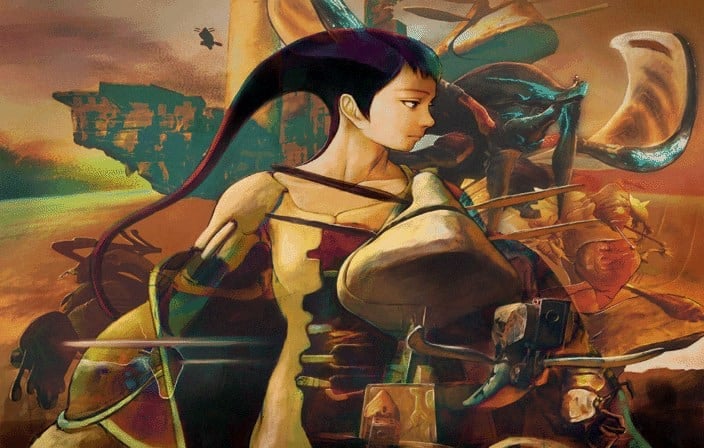With Sony and Sega’s CD-ROM consoles and PC gaming coming into their own in 1998, the year ended up being one of the best in gaming. Between all-time classics like The Legend of Zelda: Ocarina of Time on Nintendo 64 and the revolutionary Half-Life on PC, the world of video games underwent a massive paradigm shift that still reverberates throughout the industry. One of the more prominent genres of the era was the role-playing game, which on both the Sega Saturn and Sony PlayStation saw releases that still rank as some of the best in the genre. For fans of RPGs, 1998 ends up being one of the most important years in gaming and several of the best RPG games from 1998 still sit as some of the best ever made.
Some of the RPG genre’s most beloved and important franchises would receive their first entry in 1998 (such as BioWare’s Baldur’s Gate or Nintendo and Game Freak’s Pokemon), while other series would see hugely important and critically successful RPG spin-offs arrive during the year (as is the case with Panzer Dragoon and Final Fantasy). Further, 1998 would be the year that Square would take its success from the mainstream breakthrough of Final Fantasy VII and translate it into a slew of new releases on the Sony PlayStation, resulting in the creation and release of several games that remain timeless relics of the company’s most prolific and experimental era.
Baldur’s Gate
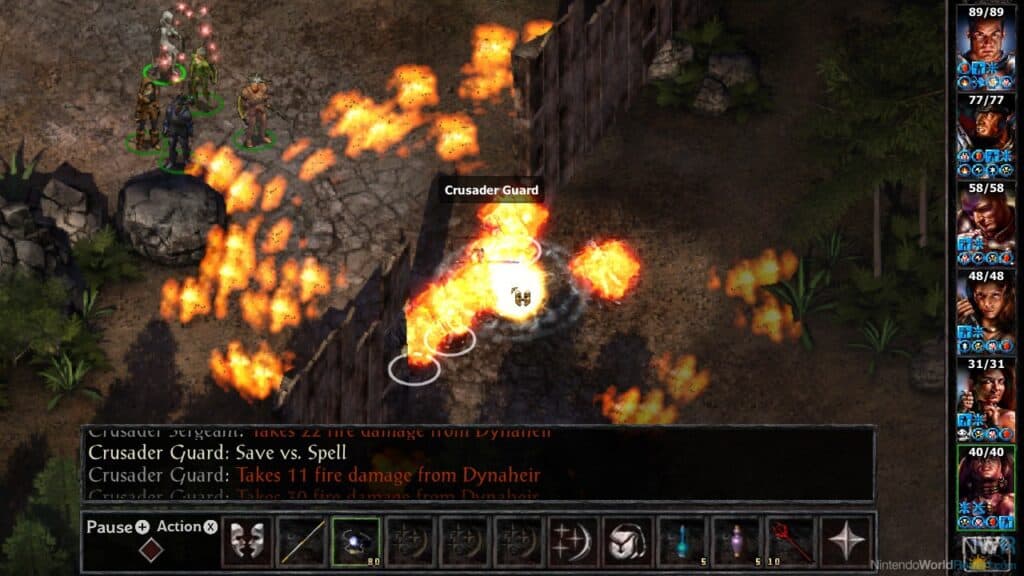
Games using the Dungeons & Dragons license would exist long before Baldur’s Gate, but BioWare’s debut title stands as one of the most important RPGs ever made thanks to its fundamental understanding of how to implement the rules and possibilities of pen-and-paper RPGs within the context of an interactive video game. Not only does Baldur’s Gate end up being the game that helped put BioWare on the map and set them on the trajectory to create some of the best RPG games in history, but the incredible Baldur’s Gate II and Baldur’s Gate 3 simply wouldn’t exist without the groundbreaking first entry.
The writing and characterization are akin to something that players might find in the best D&D campaigns with the most skilled Dungeon Masters, and the level of strategy and attention to detail in its RPG progression and combat is second to none. Baldur’s Gate is a modern-day RPG classic. Not only is it a monumental release in the history of gaming, but it’s also one of the most fun and mechanically deep RPGs that can still be beginner-friendly. Thankfully, the newer editions of both Baldur’s Gate and Baldur’s Gate II are available on the Nintendo Switch, and playing these classics on the go is a perfect way to experience them.
Brave Fencer Musashi
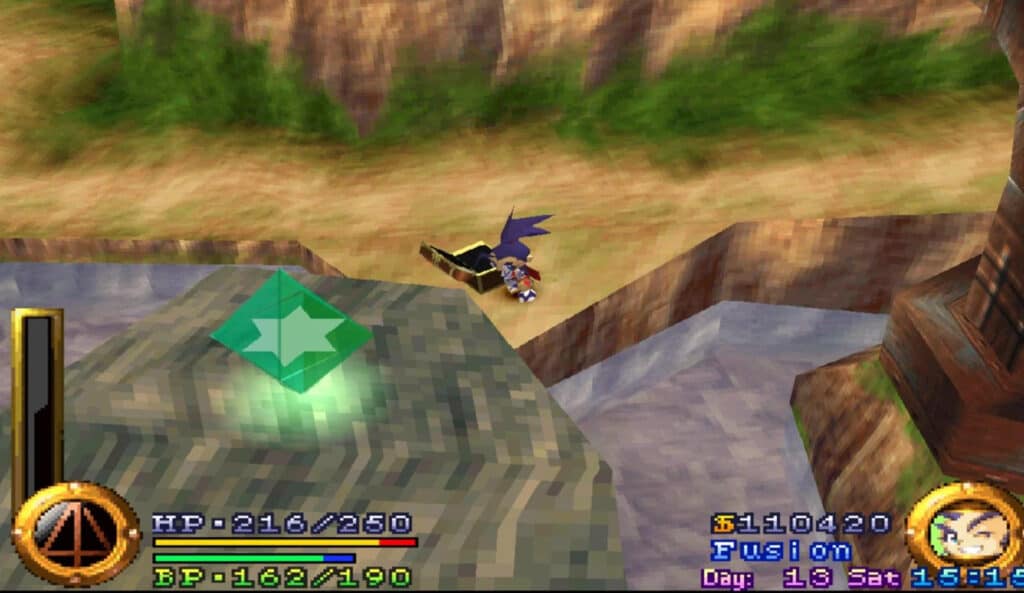
Brave Fencer Musashi represents an atypical game for Square from this era, with its exploration and combat landing it squarely in the realm of being an action RPG from a studio that excels at traditional JRPGs. Still, the game’s charming world and characters do a great job of carrying its somewhat formulaic gameplay, resulting in Brave Fencer Musashi being the PlayStation’s answer to a classic Legend of Zelda game, albeit one with a decidedly more Eastern atmosphere and setting. One of the more surprising elements at play in Brave Fencer Musashi is the game’s dynamic world and full day/night cycle, which players must maneuver around so as to not run into ultra-challenging encounters.
Brave Fencer Musashi features all the key elements that one would expect to find in Nintendo’s flagship Legend of Zelda series (puzzle-solving, satisfying real-time combat, some light platforming) but injects a significant amount of humor and lightheartedness into its writing to end up being a unique game both in Square’s catalog and in the action RPG genre. Square would end up releasing a lot of one-off experiments during the PS1 era, but Brave Fencer Musashi is arguably one of the best. Unfortunately, playing Brave Fencer Musashi on any modern console or PC without the aid of emulation is nigh impossible.
Breath of Fire III
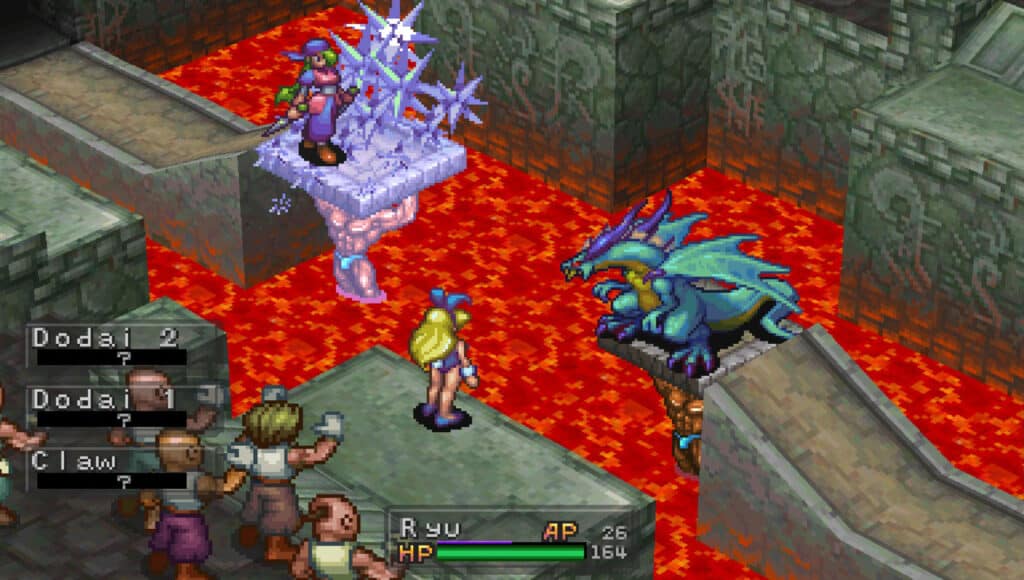
The first two Breath of Fire games on SNES are excellent JRPGs in their own right, even if they largely went criminally overlooked in comparison to Square’s legendary output on the system. Thankfully, Capcom pulled out all the stops for the series’ third entry and debut game on the PlayStation, resulting in Breath of Fire III standing as perhaps the best game in Capcom’s erstwhile JRPG franchise and one of the best RPGs of a year absolutely stacked with quality releases. While it doesn’t deviate too far from the template established in the first two games in the series, Breath of Fire III excels by sufficiently nailing each of its fundamental elements.
The core of Breath of Fire‘s gameplay is its transformation system that sees the protagonist transform into a dragon at specific points during combat, and Breath of Fire III arguably perfects this mechanic thanks to the inclusion of Dragon Genes and the level of customization and variety they provide. And, the story and characters in the third Breath of Fire end up being much more well-developed and fleshed out than in previous entires. Breath of Fire and Breath of Fire II might pale in comparison to the SNES Final Fantasy games, but Breath of Fire III more than holds its own against the other great RPGs on the Sony PlayStation.
Fallout 2
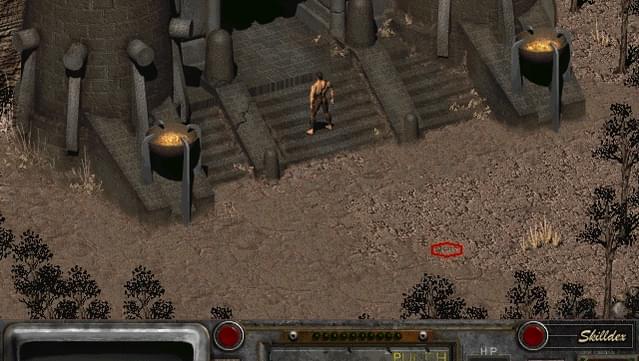
The original Fallout would arguably lay much of the foundation on which the modern CRPG is built (with Baldur’s Gate doing the remainder of the heavy lifting), and its 1998 sequel is another classic in the genre not to be missed. Like its predecessor, Fallout 2‘s greatest strength is its fully realized world and excellent quest design. The wasteland of the Fallout games feels like an actual place, and getting to know the various denizens that inhabit it (as well as their various factions) creates a level of immersion that few games before or since are able to match.
Fallout 2 comes from the talented team at Black Isle Studios, which would eventually disband and then reform as Obsidian Entertainment. As Obsidian, many of the core Fallout 2 team would reunite to develop the excellent Fallout: New Vegas, which also stands as one of the best games in the Fallout franchise thanks to its excellent writing and a multi-layered branching narrative. Fallout 2 is by no means an easy game, but the strength of its writing and its excellent quest design make toughing through its most challenging parts more than worthwhile.
Final Fantasy Tactics
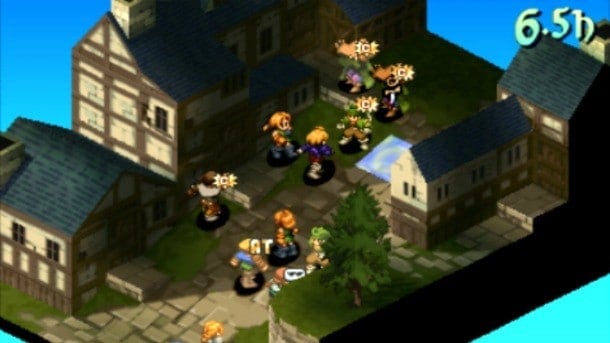
The tactical RPG (TRPG), or simulation RPG (SRPG), has experienced a massive surge in popularity thanks to Nintendo’s Fire Emblem series. But prior to that franchise’s newfound appreciation in the West, 1998’s Final Fantasy Tactics would serve as many players’ gateway into the SRPG genre. Taking the brilliant foundation laid by Tactics Ogre and combining it with the classes, enemy types, and overall high production values of the Final Fantasy series, Final Fantasy Tactics features some pitch-perfect tactical gameplay along with an unprecedented level of party customization and one of the best single storylines of any video game ever, RPG or otherwise.
What makes Final Fantasy Tactics so perfect as a starting point for SRPGs is its brilliant implementation of Final Fantasy III and Final Fantasy V‘s Job system. Different character classes take the form of various Jobs, and players can equip and deequip Jobs on any of their party members at any time. Even better, players can carefully strategize which Jobs and abilities to focus on, mixing and matching their ideal combinations to form custom parties that cater to one’s playstyle. Along the way, Final Fantasy Tactics treats players to an excellent story steeped in political intrigue and brimming with excellent dialogue, showing that the Final Fantasy series’ spin-offs are just as worthwhile as the mainline entries.
Mega Man Legends
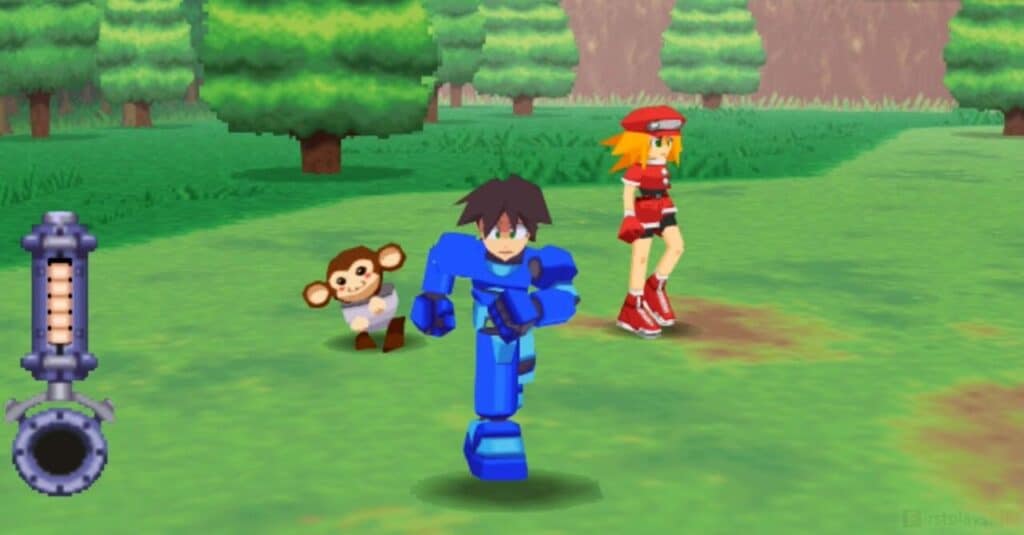
The Mega Man series is one of the longest-running franchises with its origins on the NES, and its impact on the action-platformer genre can’t be overstated. So when Capcom announced a 3D Mega Man game for the PlayStation, plenty of fans were understandably confused to find out that the title would be an RPG. Thankfully, Capcom put its unique chops at crafting a fun and accessible RPG experience (e.g. Breath of Fire) to bring Mega Man into the RPG genre with great success. All the elements of a classic RPG are present in Mega Man Legends, even if it only bears a resemblance to the rest of the Mega Man franchise in its main character and name.
The world of Mega Man Legends is one full to the brim with adventure, and the game makes exploration one of the cornerstones of its gameplay. Additionally, the cast of characters is incredibly charming and memorable, showcasing the same kind of affable lightheartedness as the mainline Mega Man cast and featuring some iconic designs. Somehow, Mega Man and his unique ability to absorb the powers of his enemies end up being a perfect fit for an RPG game, and the Mega Man Legends series earns its place as a cult classic PS1 RPG for good reason.
Panzer Dragoon Saga
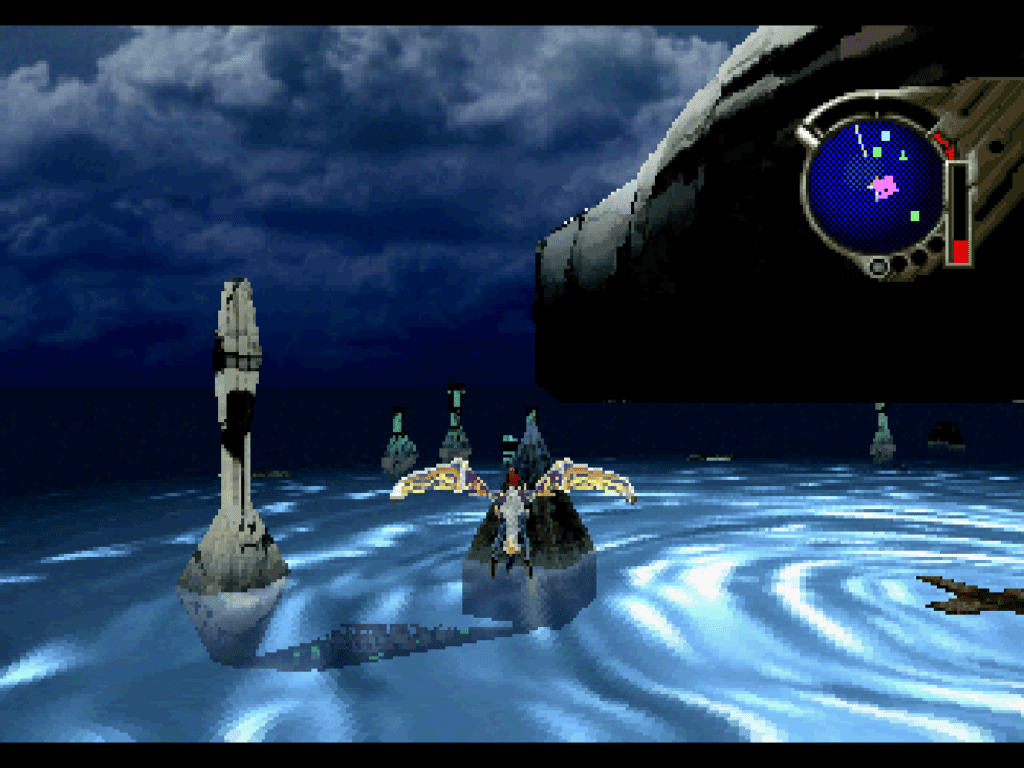
One of the greatest unfortunate truths about the Western gaming market is that most players completely missed out on the Sega Saturn. Thanks to Sega’s notorious fumbling of the Saturn’s launch, the system would arrive practically dead in the water, paving the way for the Sony PlayStation to achieve dominance in the 5th generation relatively unchallenged. Regardless of the system’s popularity in North America, the objective truth is that the Sega Saturn has some of the best games of the era exclusive to the console, and perhaps no other title is a better example of this than Panzer Dragoon Saga.
The Panzer Dragoon games are incredible 3D shmups, but Panzer Dragoon Saga somehow transcends its own namesake series to become an RPG on par with Final Fantasy VII in terms of its overall importance to the genre and impact on players. Like Mega Man Legends, Panzer Dragoon Saga proves that the series transitions naturally to the RPG genre despite beginning as an action game. The gameplay mechanics and incredible narrative (and soundtrack) of Panzer Dragoon Saga make it just as legendary as any of the other landmark releases from 1998.
Parasite Eve
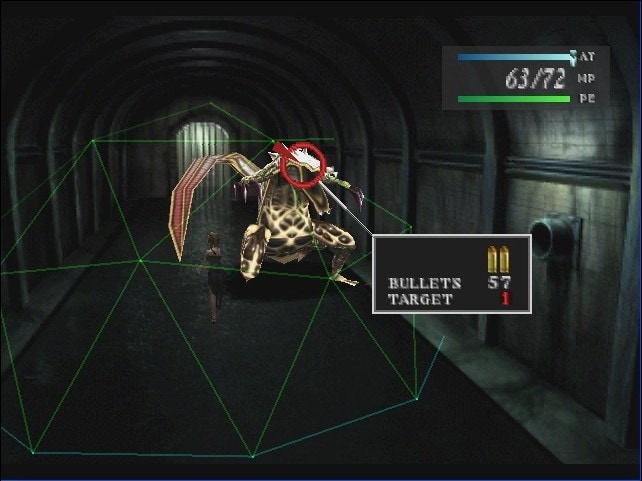
Like Brave Fencer Musashi, Parasite Eve is one of the more surprising experiments from Square during the PS1 era that absolutely pays off in its execution. Parasite Eve blends the horror atmosphere and methodical pacing of Resident Evil with the turn-based combat and character progression of a classic RPG, creating a genre hybrid that should be explored more often. Unlike Resident Evil or Final Fantasy, though, Parasite Eve‘s full-3D environments require players to carefully consider moving and positioning their character outside of enemies’ attack range as battles play out. Ultimately, this ends up giving more nuance to its encounters than either of the combat systems of its disparate genre inspirations.
As a franchise, Parasite Eve‘s second and third games would gradually increase their focus on action, making the original the most unique (and arguably the best) title in the series. As the only game in a trilogy of titles to exhibit a pure blending of survival-horror mechanics and JRPG systems, Parasite Eve is both a singular game in the PS1 library and one of the most daring titles to release from Square during what many fans consider to be the company’s golden era.
Pokemon Red/Blue
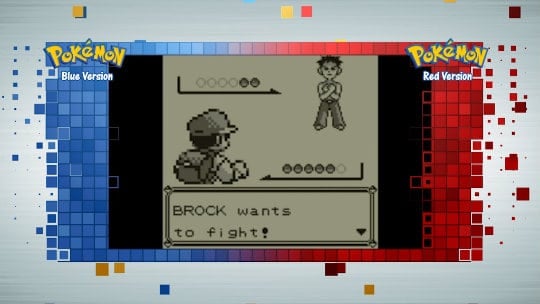
The Pokemon IP is now the most successful multimedia franchise of all time, but that distinction rests entirely on the series’ breakthrough success with its first two entries — 1998’s Pokemon Red and Pokemon Blue. On paper, the Pokemon games don’t do anything truly groundbreaking in comparison to other titles of the time. The games themselves are standard JRPG fare, mixing in turn-based battling and exploration with the monster-taming and collecting mechanics that had previously existed in a few other niche titles. However, the secret weapon of the Pokemon games is the titular creatures themselves.
Game Freak’s initial 151 Pokemon of the Kanto region are still some of the most beloved and well-known fictional creatures ever conceived, with series mainstays like Charmander, Bulbasaur, and the loveable Pikachu all making their debut appearance in the very first Pokemon games. The titles’ launch on the game Boy would end up making the series a hit among younger players thanks to its portable nature and the ability to play the games both on the go and at home without taking up a TV screen, endearing the franchise to an entire generation of players that now have passed their love of the series to their own children.
Funnily enough, the original Pokemon games hold up not just because they’re strong entries right out of the gate, but also because they’re not all that different from the modern Pokemon games. As the saying goes: if it ain’t broke, don’t fix it.
SaGa Frontier
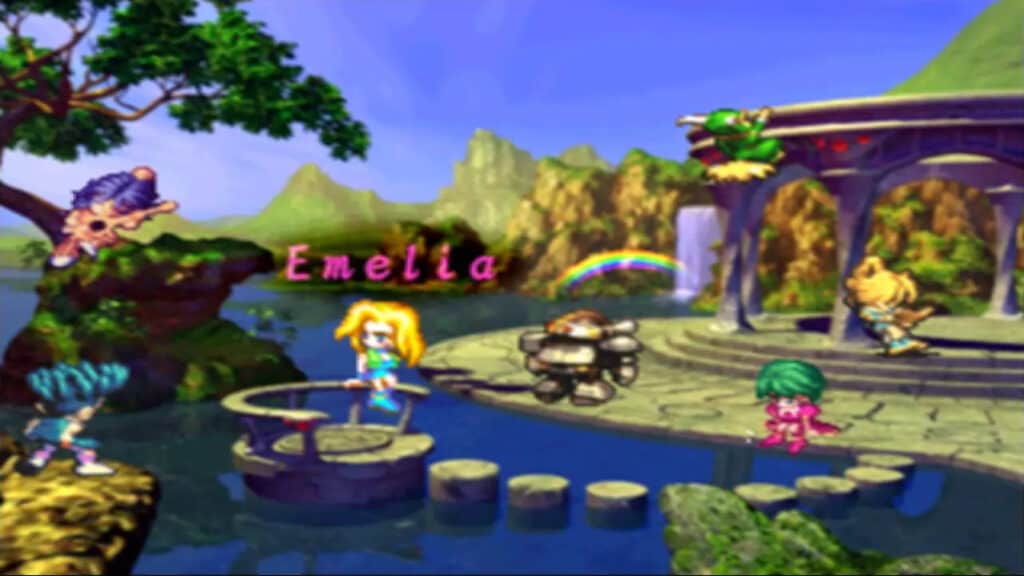
SaGa Frontier would end up being the first game in the West to actually be released under the SaGa naming, with the series’ first two entries arriving stateside as the Final Fantasy Legend games on Game Boy. One of the more notorious and divisive aspects of the SaGa franchise is its incredibly complex and obtuse RPG systems and progression, but for those who take the time to break through and learn its mechanics, SaGa Frontier can be an incredibly rewarding game. Like Final Fantasy II many years prior (which would feature design from future SaGa mastermind Akitoshi Kawazu), SaGa Frontier is a game that has a satisfying core as long as you can get past its rough exterior.
Arguably the highlight of SaGa Frontier is its 7 different protagonists, each with their own unique backstory and section of the main quest that eventually intertwine in surprising and inventive ways. This Free Scenario system allows for a surprising amount of non-linearity in the game’s critical path, which can lead to some frustrating moments and confusion just as much as it gives the player unprecedented levels of freedom. Despite its lack of polish in comparison to some of Square’s other games, the title’s place as a cult classic helped it receive its own remaster recently, and most of the title’s jarring difficulty and confusing mechanics have been smoothed out for a modern audience.
Xenogears
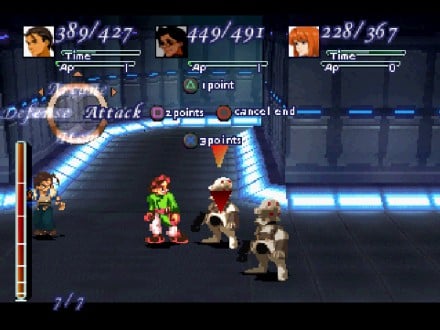
Of all the RPGs that Square would release in 1998, none are more important or as groundbreaking as the legendary Xenogears. Coming from the mind of longtime Square employee and Final Fantasy veteran Tetsuya Takahashi (as well as his wife Soraya Saga), Xenogears tells what is inarguably the most ambitious story for any video game (either of the era or since) and mostly nails the twin halves of its gameplay. Players get to control a traditional party of JRPG heroes on foot, executing melee combat using real-time button presses and fighting game-like strings of attack inputs. The game’s other half, however, sees players enter the titular Gears — massive, humanoid robots — to do battle at an incredible scale using a modified version of the on-foot sections’ combat system.
Unfortunately, Xenogears‘ development running concurrently with that of Final Fantasy VII meant that Takahashi always needed to fight Square for more resources, resulting in the game’s budget and development time ultimately getting cut. As a result, Xenogears would ship with much of its second disc relegated to interactive cutscenes, significantly cutting back on the original intended scale and scope of the game’s ending. Despite this, the title is still an incredible game that bears mentioning in the same breath as Chrono Trigger, Final Fantasy VI, or other Square classics. Xenogears‘ mixing of an intelligent and mature sci-fi plot with compelling RPG gameplay cements it as both one of the greatest RPGs of 1998 and one of the greatest games on the PS1.
The image featured at the top of this post is ©Panzer Dragoon artwork.
